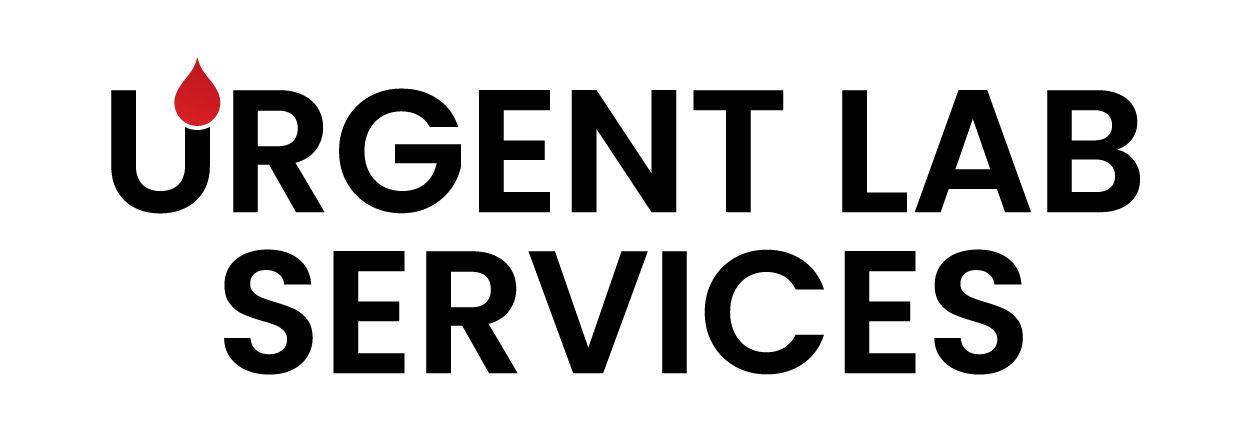What Is Your Drug Test Actually Detecting? A Must-Read for Employers
NS
Do You Really Know What Your Drug Testing Program Is Detecting?
If your business has a drug testing program in place, you’re already taking a proactive step toward ensuring a safe, productive, and legally defensible workplace. But here’s the real question: Do you understand what your current drug testing method is capable of detecting — and just as importantly, what it may be missing?
Too often, companies adopt a one-size-fits-all approach to drug testing, relying on tradition or convenience rather than an informed strategy. Not all drug testing methods are created equal, and choosing the wrong one can lead to blind spots in detection, legal vulnerabilities, or unnecessary costs.
Let’s break down the four most common drug testing methods — urine, oral fluid, blood, and hair — and explore what each is truly capable of.
Urine Drug Testing
Detection Window: 1–3 days for most drugs
Best For: Routine workplace testing, post-accident testing
Strengths: Widely accepted, cost-effective, detects a broad range of substances
Limitations: Limited ability to detect very recent drug use (within a few hours), easy to adulterate without proper oversight
Urine testing remains the most common method, offering a relatively broad detection window and a well-established legal precedent. However, if you're looking to detect very recent usage or prevent sample tampering, this method may fall short without stringent collection protocols.
Oral Fluid (Saliva) Testing
Detection Window: Up to 48 hours for most substances
Best For: Reasonable suspicion or post-incident testing
Strengths: Observed collection reduces tampering, detects recent use within minutes to hours
Limitations: Shorter detection window, may miss long-past usage
Oral fluid testing is gaining traction because of its ability to identify recent use — ideal for determining immediate impairment. It’s particularly useful in industries where safety is critical, and fast action is needed.
Blood Drug Testing
Detection Window: Hours to 1–2 days
Best For: Post-accident testing, determining current impairment
Strengths: Gold standard for detecting active impairment
Limitations: Invasive, costly, requires trained medical personnel
Blood testing is the most direct measure of what's currently in a person’s system. It is highly accurate and defensible but isn’t practical for routine testing due to its cost and invasiveness.
Hair Follicle Drug Testing
Detection Window: Up to 90 days (or longer)
Best For: Pre-employment testing, monitoring long-term patterns of use
Strengths: Long detection window, difficult to cheat
Limitations: Does not detect recent drug use (within the past 7 days)
Hair testing gives a long-term view of drug use and is ideal when you're trying to establish patterns over time. However, it won’t catch recent use, making it unsuitable for detecting current impairment.
Are You Using the Right Method for the Right Purpose?
Each drug testing method serves a different purpose. Using urine testing for immediate impairment checks or relying on hair testing for post-accident investigations can result in missed detections or legal challenges. The key is aligning your testing method with the specific outcomes you need — whether that's identifying recent use, detecting long-term abuse, or ensuring compliance with regulatory standards.
Let’s Talk: Are You Confident in Your Program’s Effectiveness and Defensibility?
We are drug testing experts, and we’re here to help you assess your current program. Whether you're questioning the detection window, legal defensibility, or overall strategy behind your drug testing policy, our team can evaluate your practices and recommend the best-fit solutions for your goals.
Contact us today, 904-686-6456, for a free consultation and let’s ensure your drug testing program is as effective, compliant, and protective as you need it to be.
